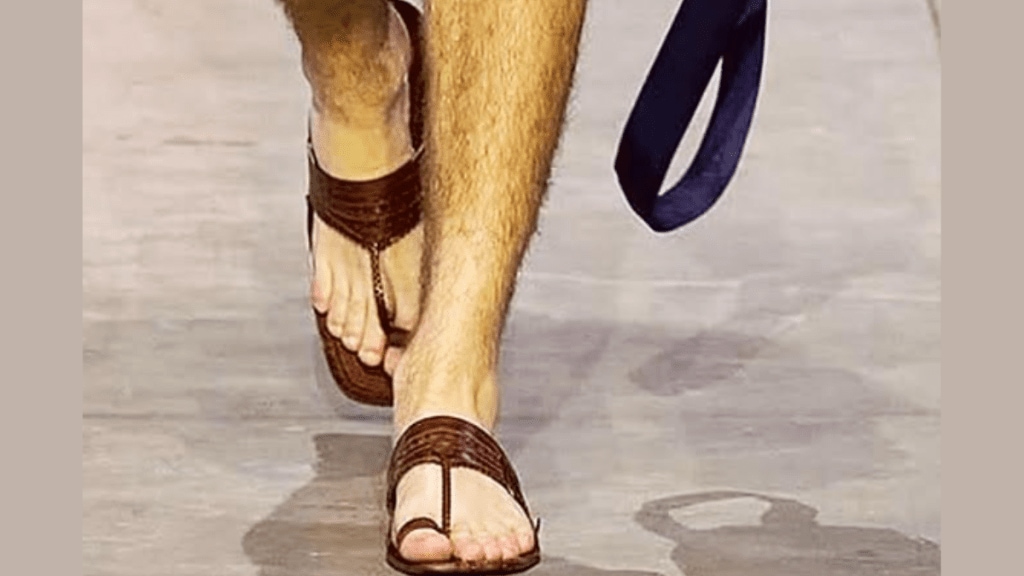By Sonal Bahl
India’s luxury appetite has never been stronger. Valued at around $18 billion in 2025 and projected to surge to $85 billion by 2030, the country is one of the fastest-growing luxury markets in the world. A booming HNI and aspirational middle-class segment, coupled with rising global exposure, is reshaping consumption patterns.
However, this surge isn’t staying confined within India’s borders. Indian design sensibilities are increasingly shaping luxury aesthetics worldwide. Prada’s reinterpretation of the humble Kolhapuri chappal, Louis Vuitton’s autorickshaw-inspired bags, and Bulgari’s modernised take on the traditional kada are proof that the world’s most iconic luxury houses are tapping into India’s cultural codes to create products for global audiences.
Global ambition
The paradox? While the world is embracing Indian craft and culture at the highest levels of luxury, the brands carrying this heritage to the global stage are still, in most cases, international. India has the design language, the heritage, and now, the audience. What it needs are homegrown luxury houses built with the scale, systems, and leadership to compete internationally.
This shift in demand compels Indian luxury brands to rethink strategy and leadership fundamentally. We’re witnessing a new wave of cross-sector c-suite appointments as brands prepare for their global moment. Jewellery brands such as Kalyan Jewellers and Tanishq have appointed leaders with international retail expertise and cross-industry operational depth, marking a decisive shift towards global ambition.
The pattern is clear: Indian luxury brands are intentionally moving from being guardians of heritage to building organisations designed for global scale. Another powerful validation of this insight is the recent appointment of Manish Chopra, an entrepreneur who previously founded Zovi.com, to lead Sabyasachi. This signals a new archetype of leaders—executives who blend startup agility, digital transformation acumen, and strategic vision to steer luxury brands onto the world stage.
Leadership shift
Brands aren’t hiring luxury veterans anymore—they’re targeting executives who understand how to build scalable systems without losing cultural nuance. As global demand for Indian luxury aesthetics strengthens, it’s a leadership imperative to navigate international distribution networks, digital-first consumer behaviour, and cross-border supply chain complexities while maintaining cultural authenticity.
This new wave of globally minded leadership is more than a talent shift; it’s the foundation for a long-term transformation. As Indian luxury steps onto the world stage, the challenge is no longer to prove the beauty of its craft, but to prove the resilience, scalability, and innovation of its businesses. The brands that will define the next decade will be those that marry heritage with high-performance systems, cultural authenticity with global consistency. For the first time, India has a global luxury market momentum — what it needs is the leadership muscle to build luxury houses that lead the global conversation.
The author is a partner, Positive Moves.

